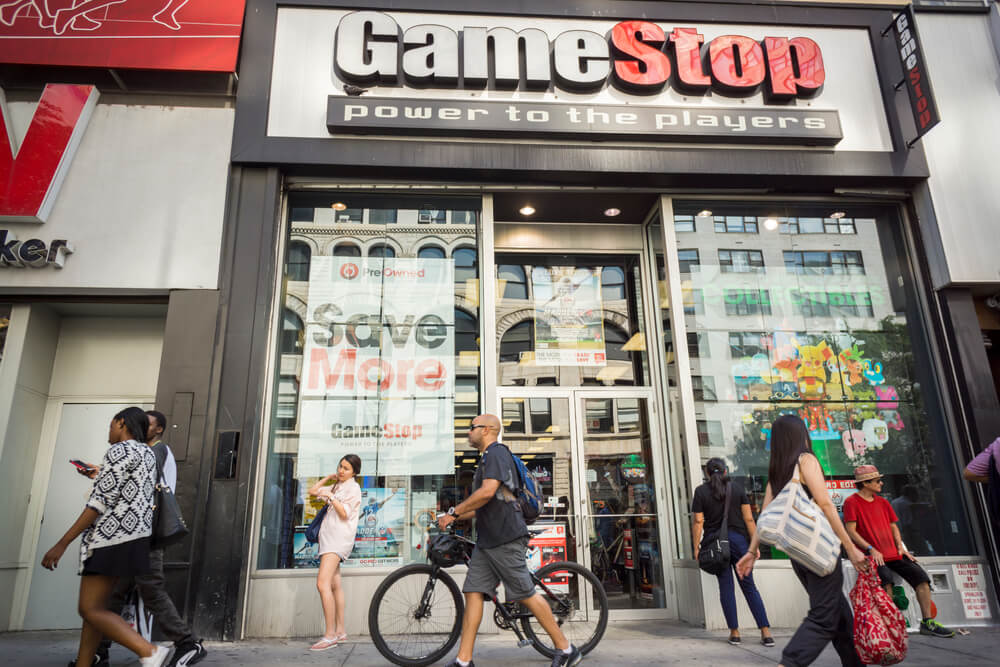A historic drought has created the Panama Canal’s traffic jam, the world’s largest with 200 ships trying to cross. The Panama Canal relies on massive amounts of water, the supply of which is shrinking in the current drought.

As climate change continues across the globe, extreme weather events and conditions such as droughts, floods, and hurricanes are also increasing in both frequency and intensity. In fact, this is not the first time in recent history the Panama Canal is struck by water shortages.
Panama Canal jam
Panama Canal’s drought is making the authorities limit the number of ship crossings and even closing the Canal temporarily due to traffic jam in sea.
Panama Canal’s drought, accompanied by water conservation efforts has led to a backlog of ships trying to pass through one of the most vital shipping lanes in the world.
Panama Canal backlog
Per the Wall Street Journal, Panama Canal jam is created by over 200 ships on both sides that are waiting to pass through. The Authority issued an advisory to shippers mentioning that it is reducing the ship crossings to 32 a day, down from an average of 36 during normal conditions creating a backlog at Panama Canal.
There are some vessels on the strategic waterway that are rerouting traffic to avoid the Panama Canal’s jam and backlog. The most stranded ships are bulk cargo ships or gas carriers.
Tim Hansen, chief commercial officer at Dorian LPG, which operates over 20 large gas carriers, stated, ‘The delays are changing by the day. Once you decide to go, there is no point to return or deviate so you can get stuck.’
Panama Canal drought
Panama Canal’s drought has not been a common sight over much of the past century, but climate change is altering that reality and trading it for one that is much less desirable and much more expensive. As recently as 2019, similar conditions to the current dry spell have hit Panama, which is normally one of the world’s wettest areas. Before that, the area was also similarly parched in 2016, with each event getting worse than the one before.
The rainy season has come late to the region, and as the canal needs three times as much water as New York City each day, it depends almost entirely on rainfall for replenishment.
“If there isn’t enough rain, ship transits are cut and those that cross pay hefty premiums that boost transport costs for cargo owners such as American oil and gas exporters and Asian importers,” Wall Street Journal reported.
These unwanted developments could add pressure to consumer goods prices.
What future holds for Panama Canal
Panama Canal’s administrator, Ricaurte Vasquez Morales, said that the backlog could remain for the rest of the year, adding it could lead to a loss of $200 million in revenue.
Per the Wall Street Journal, Panama has contacted the U.S. Army Corp of Engineers, the agency that constructed the canal in the early 1900s. It has kept $2 billion for the next decade “to divert up to four rivers into the waterway, in addition to the three that already feed it.”
“We had two ships that couldn’t book, and it was quite expensive,” Lars Oestergaard Nielsen, A.P. Moller-Maersk’s head of customer delivery in the Americas, told the Journal. “We went to an auction and paid $900,000 on top of the $400,000 normal toll fee for each ship to cross.”
Vessels usually pass through the canal at a 50 feet draft, which is down to 44 ft. Due to lower water depths, massive ships must empty some containers before passing through.






